Food innovation has taken some fascinating turns over the years, introducing us to new techniques and technologies that have completely transformed the way we cook and eat. Imagine dining at a restaurant where your meal includes edible foam or a perfectly cooked steak that’s never touched a grill. The culinary world is constantly evolving, with creative minds pushing the boundaries of what’s possible.
Contents
- 1 Molecular Gastronomy
- 2 3D Food Printing
- 3 Plant-Based Meat Alternatives
- 4 Sous-Vide Cooking
- 5 Lab-Grown Meat
- 6 Vertical Farming
- 7 Edible Packaging
- 8 Smart Kitchen Appliances
- 9 Fermentation Revival
- 10 Food Delivery Technology
- 11 More From RetailShout
- 12 14 Ultimate Food Cities in the United States
- 13 16 Everyday Things Becoming Unaffordable for the Middle Class
Molecular Gastronomy

Molecular gastronomy combines the art and science of cooking to create new textures and flavors. This innovation has enabled chefs to transform ingredients into unexpected forms, such as foams, gels, and spheres. The use of liquid nitrogen and other techniques has opened up a world of creative possibilities in culinary presentations. It has not only enhanced the dining experience but also pushed the boundaries of what is considered possible in cooking. As a result, molecular gastronomy has influenced restaurants worldwide, leading to more experimental and artistic cuisine.
3D Food Printing
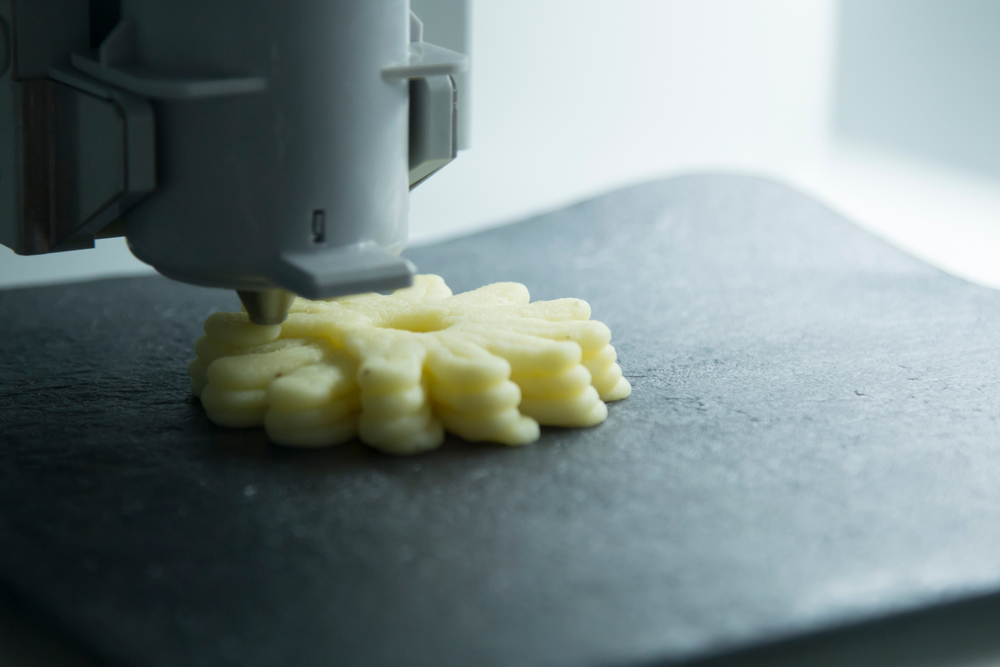
3D food printing uses digital technology to create food layer by layer, similar to traditional 3D printing. This innovation allows for precise customization of shape, texture, and even nutritional content. Restaurants and home kitchens can now produce intricate designs that were previously impossible to achieve. This technology is also being explored for its potential in addressing food sustainability and reducing waste by using alternative ingredients. The culinary landscape is changing as 3D food printing introduces new ways to think about food preparation and presentation.
Plant-Based Meat Alternatives
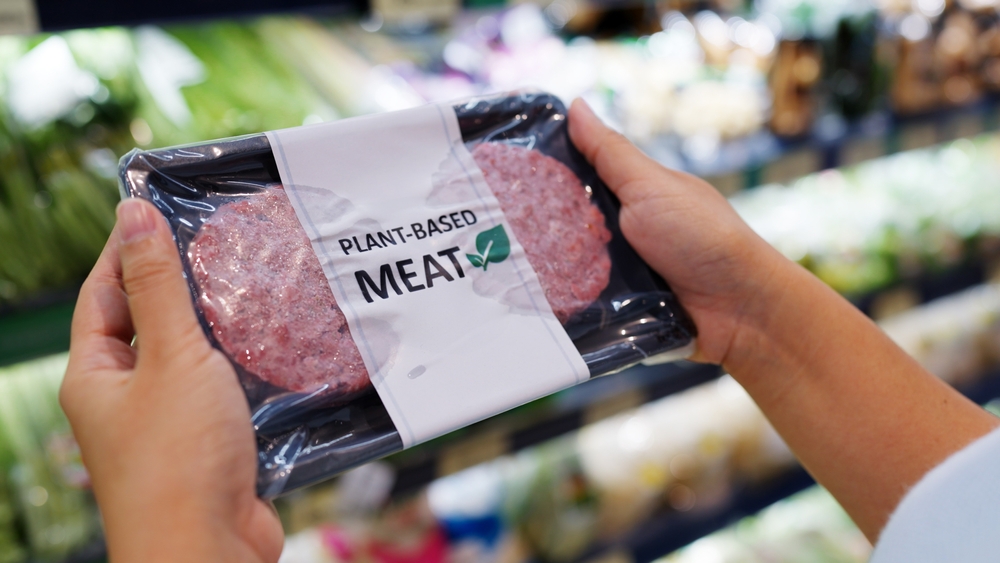
The development of plant-based meat alternatives has revolutionized the food industry. Companies like Beyond Meat and Impossible Foods have created products that mimic the taste and texture of meat using plant proteins. These alternatives cater to the growing demand for sustainable and ethical food choices without compromising on flavor. They have made vegetarian and vegan diets more accessible to a broader audience. This shift is not only transforming menus in restaurants but also influencing the overall perception of plant-based diets.
Sous-Vide Cooking

Sous-vide is a cooking technique where food is vacuum-sealed and cooked in a water bath at a precise temperature. This method ensures even cooking and retains moisture, resulting in tender and flavorful dishes. Chefs around the world have adopted sous-vide for its ability to produce consistent and high-quality results. This innovation has changed how professional kitchens operate, allowing for better time management and resource utilization. Home cooks have also embraced sous-vide with affordable and user-friendly devices now available.
Lab-Grown Meat
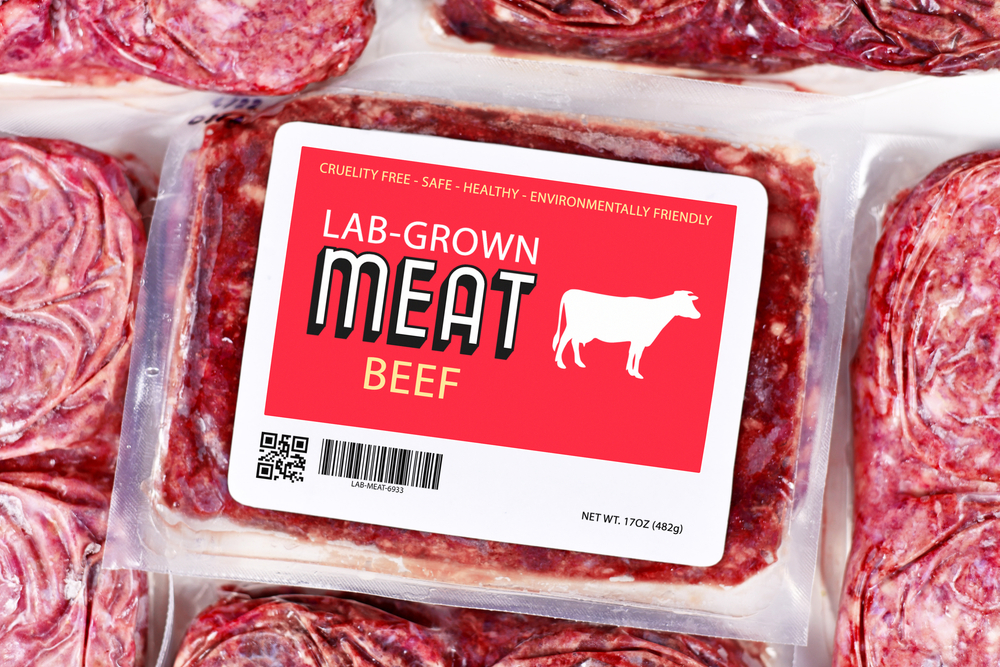
Lab-grown meat, or cultured meat, is produced by cultivating animal cells in a controlled environment. This innovation aims to provide a sustainable and ethical alternative to traditional meat production. Lab-grown meat requires fewer resources and produces less environmental impact compared to conventional livestock farming. It holds the potential to address food security issues as the global population grows. As this technology advances, it could significantly reduce the need for animal farming, changing the future of meat consumption.
Vertical Farming

Vertical farming involves growing crops in stacked layers, often in controlled indoor environments. This innovation maximizes space and allows for year-round production regardless of climate conditions. Vertical farming reduces the need for pesticides and herbicides while conserving water through efficient irrigation systems. Urban areas benefit from this technology by producing fresh produce locally, reducing transportation costs and carbon footprint. It is transforming agriculture by making farming more sustainable and adaptable to urban settings.
Edible Packaging

Edible packaging is made from materials that can be safely consumed along with the food they encase. This innovation addresses the issue of plastic waste in the food industry. Edible packaging can be made from various natural ingredients such as seaweed, rice, and potatoes. It provides an eco-friendly alternative to traditional packaging materials, reducing the environmental impact. The adoption of edible packaging is growing, influencing how food products are designed and marketed, and promoting sustainability.
Smart Kitchen Appliances

Smart kitchen appliances, such as connected ovens and refrigerators, integrate technology to enhance cooking efficiency and convenience. These devices can be controlled remotely via smartphones and come with features like recipe suggestions and automated cooking settings. Smart appliances streamline meal preparation and ensure consistent results. They are changing home cooking by making it easier and more accessible for everyone. This innovation also supports healthier eating habits by providing tailored dietary recommendations and monitoring food storage.
Fermentation Revival
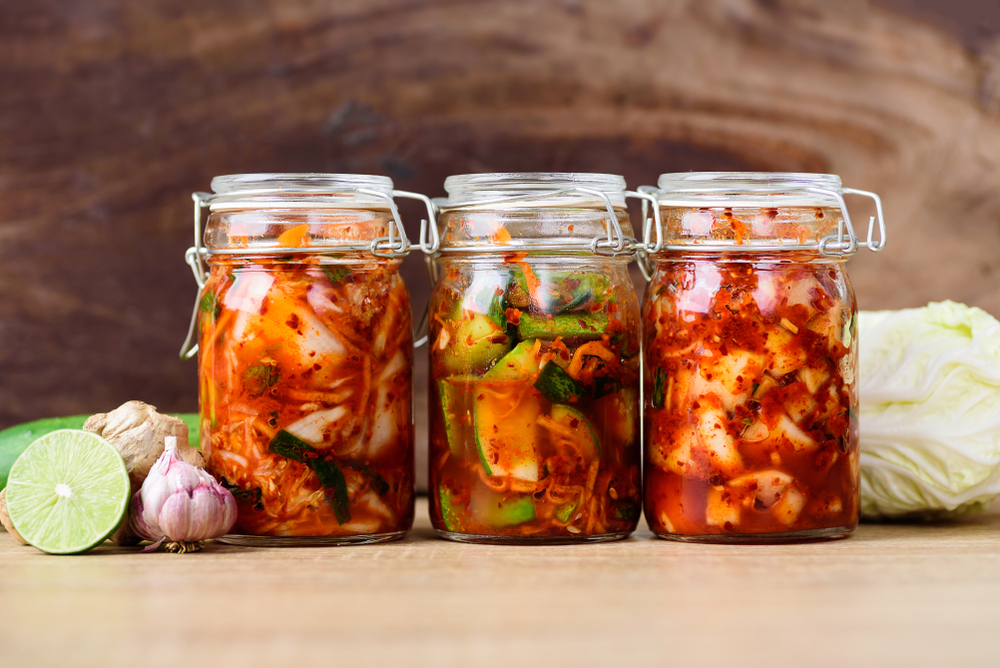
The revival of fermentation techniques has brought traditional methods back into the spotlight. Fermented foods like kimchi, kombucha, and sourdough bread are celebrated for their health benefits and rich flavors. This innovation emphasizes natural preservation and enhances nutritional value. Chefs and home cooks are exploring fermentation to create unique flavors and textures, contributing to a broader appreciation of diverse culinary traditions. The renewed interest in fermentation is reshaping modern diets and promoting gut health.
Food Delivery Technology
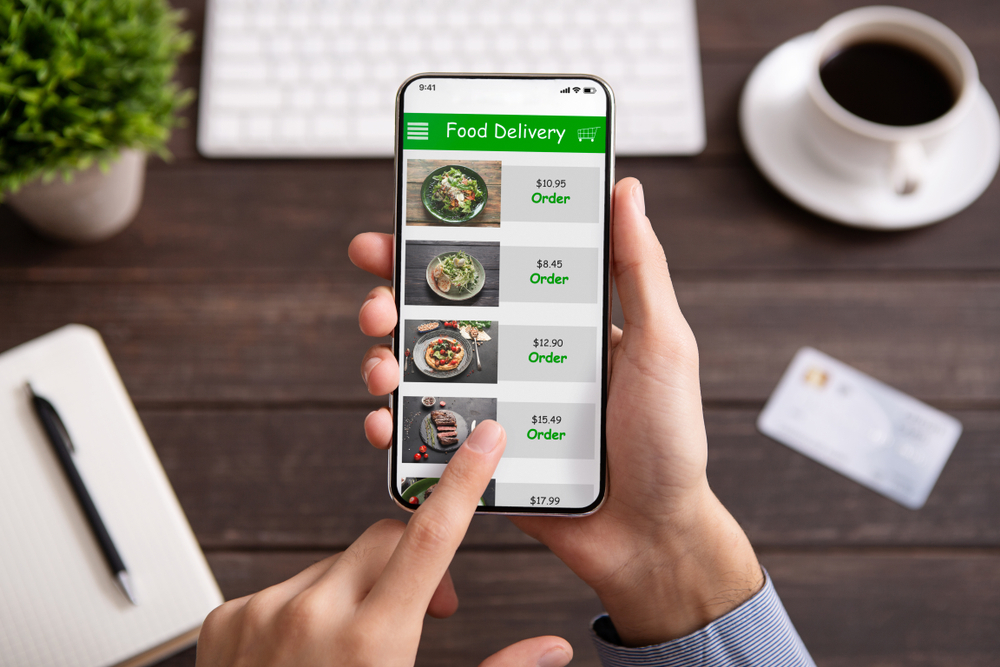
Advancements in food delivery technology have transformed how we access meals. Services like Uber Eats, DoorDash, and Grubhub use sophisticated algorithms and logistics to deliver food efficiently. This innovation has expanded dining options beyond physical restaurant visits, providing convenience and variety. It has also supported restaurants in reaching new customers and increasing revenue streams. The rise of food delivery technology is reshaping the culinary landscape by changing how we experience dining and interact with food businesses.
This article originally appeared on RetailShout
More From RetailShout
22 Genius Tips for an Organized Pantry

Keeping your pantry organized can feel like a never-ending battle, but with a few creative strategies, it can be a breeze. Imagine opening your pantry door to find everything neatly in place, with a spot for every item and no more frustrating searches for that elusive jar of spices. Read More.
14 Ultimate Food Cities in the United States

When it comes to food, America has some of the most exciting cities that are perfect for any foodie. These cities are not just about delicious dishes but also about unique culinary experiences that you won’t find anywhere else. Read More.
16 Everyday Things Becoming Unaffordable for the Middle Class

Lately, it feels like more and more things are slipping out of reach for the middle class. It’s not just about cutting back on a few luxuries; it’s about major parts of life that used to be manageable. Read More.






